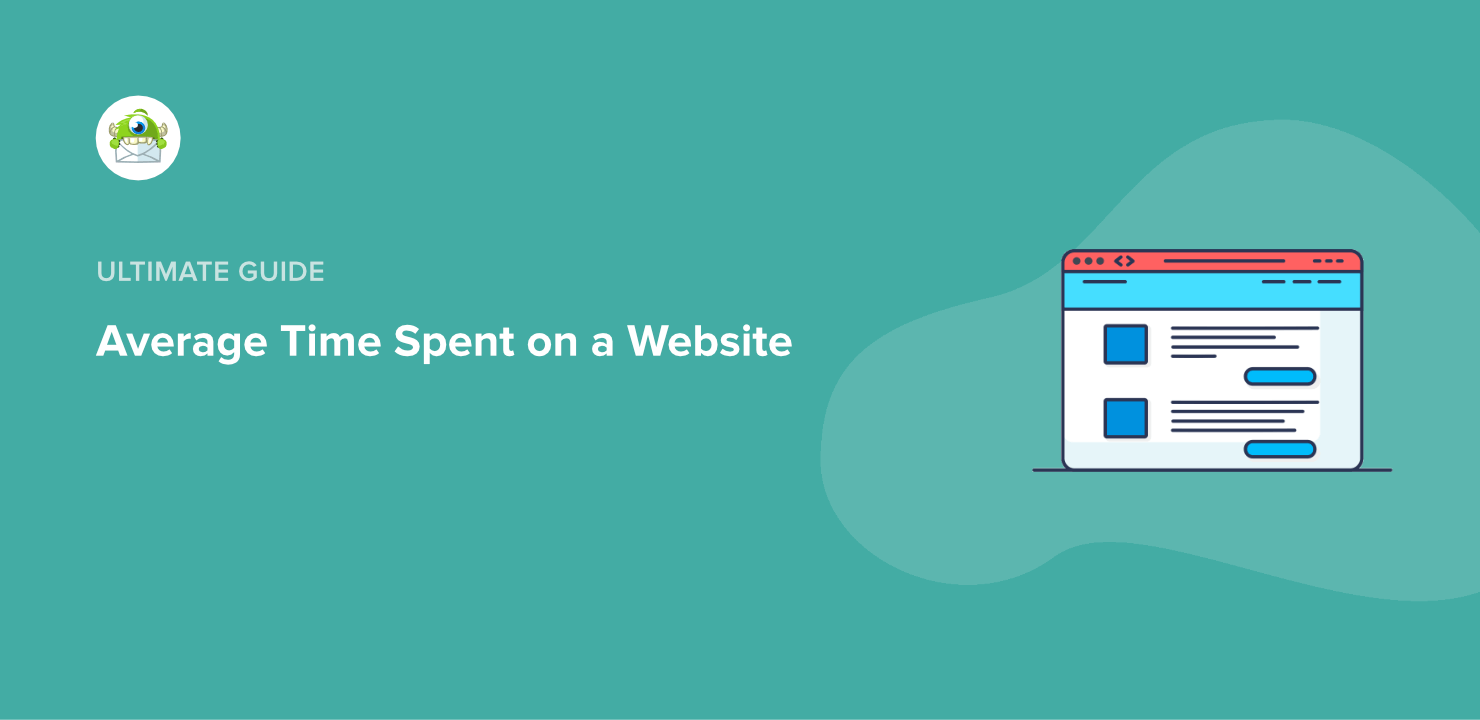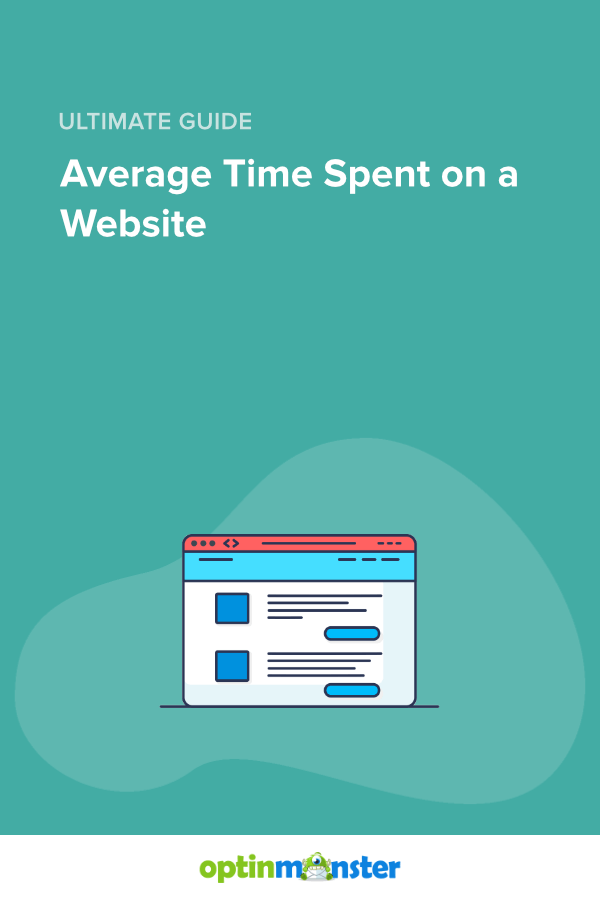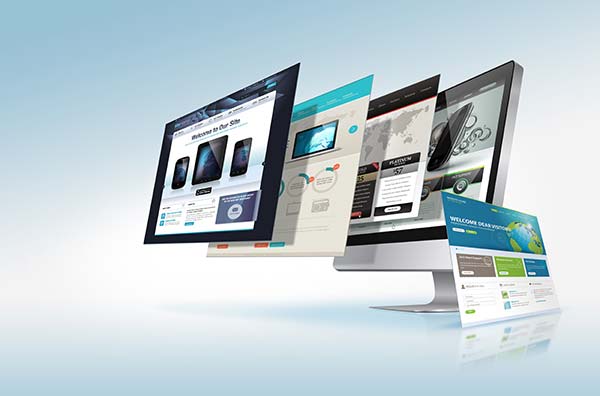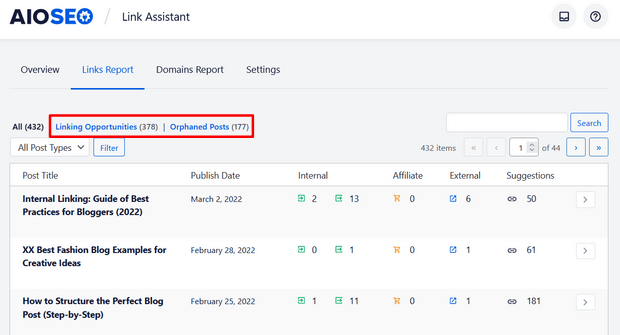Do you want to learn how to increase average time spent on a website?
The time people spend on your website clearly indicates how they feel about it. If users abandon your site without spending enough time to look at it, you are most likely missing out on conversions and revenue.
In this article, I will share 11 hacks to increase average time spent on a website.
Why You Need To Increase Average Time Spent on a Website
Increasing the average time spent on a website is a crucial goal for many businesses and website owners. A longer average time spent on a website can have several benefits:
- Engagement: A longer average time spent on a website indicates visitors are engaged with the content. This could include reading articles, watching videos, or exploring different pages. Engaged visitors are more likely to absorb your message, understand your products or services, and potentially convert into customers.
- Content Quality: Longer average time spent on a website is often linked to high-quality content. Visitors who find your content valuable, informative, or entertaining are likelier to stay longer on your site. This can help build a positive perception of your brand and establish credibility.
- SEO Ranking: Search engines often use the average time spent on a website as an SEO ranking factor. If visitors spend more time on your site, search engines may interpret this as a signal that your content is relevant and valuable, improving your search engine rankings.
- Lower Bounce Rate: A longer average time spent on a website can contribute to a lower bounce rate. Bounce rate measures the percentage of visitors who navigate away from the site after viewing only one page. A lower bounce rate indicates that visitors are finding value in your content and are more likely to explore multiple pages.
- Conversion Opportunities: The more time visitors spend on your website, the higher the chance of converting them into customers or achieving other desired actions (such as increasing email sign ups, filling out forms, or making a purchase). Engaged visitors are more likely to take the actions you want.
- Ad Revenue: A longer average time spent on a website can lead to more ad impressions and higher revenue if your website relies on advertising revenue. Advertisers often value websites with engaged audiences, as their ads are more likely to be seen.
How To Increase Average Time Spent on a Website
Here are 11 hacks you can apply to increase average time spent on a website:
1. Tidy Up Your Design
An average web user spends less than a few seconds on a site before they decide to stay or leave. This is a very short time window, in which you need to convince them to stay. The best way to do that is by cleaning up your site’s design.
Simply look at the above the fold area of your website in mobile and desktop view. Your most important content should go up. Your users should instantly see the useful part of a page when they land on your site.
Keeping your site’s design simple and clutter-free makes it easier for users to look at it. If there are fewer things to look at, then users are more likely to focus and stay longer.
2. Improve Readability of Your Pages
We all have seen websites that are difficult to read. Make all pages on your website easy to read on all devices.
Make your font size large enough for easy reading, but small enough to avoid unnecessary scrolling.
Break large paragraphs into easy-to-read chunks. Break your articles into multiple sections, headings, paragraphs, bulleted lists, and lots of white space.
3. Add High-Quality Images
Images are the most engaging form of content on the web. As human beings, we love to look at images more than reading text. This is why you see most popular websites use fullscreen background images on their landing pages.
The best place to find quality images is ShutterStock. They have thousands of images, vectors, and illustrations that you can use on your website.
You can also find high-quality and royalty-free images on many websites.
4. Optimize and Beautify Your Images
Optimize your images before adding them to your website. Most high-quality images are also hi-resolution images. They are larger in pixels, pixel density, and filesize. Using them as it is will affect your website’s page speed.
Take a look at this guide on how to save images optimized for web.
Use image editing tools like Canva and PiktoChart to create your own graphics. By using these tools, you can create professional-looking graphics for your website.
5. Add Videos for a More Interactive Experience
Users from all over the world watch hundreds of millions of hours of videos on YouTube every day. This single fact is enough to prove how much users love videos.
Videos are one of the most effective, interactive, and engaging forms of content. Adding videos can boost user engagement and increase the average time on page for your website.
Also check out: 5 Video Marketing Tips To Skyrocket Your Traffic And Conversions
6. Make Internal Linking a Habit
Make sure that each article or page on your website has plenty of internal links. People will not visit those pages unless you link to them. Make it a habit, and you will see your bounce rate decrease.
Internal linking is also good for your site’s SEO, and you don’t need to purchase any external plugin or tool to do that. Just make sure that you are linking to relevant articles and pages from your own website in your content.
If you are interested in using a plugin that makes internal linking super easy, then check out All in One SEO.
All in One SEO’s Link Assistant feature will automatically generate a link report for your site. You can quickly discover pages that have no internal links (orphan pages) and get relevant linking suggestions.
7. Offer Content Upgrades
Offering users content upgrades is a popular technique used by top bloggers and online marketers. Basically, you offer users a chance to get bonus content by performing an action.
This action could be anything. You can ask users to signup for your mailing list, register for a free account, or fill out a survey.
Content upgrades can effectively boost user engagement, bring back old users, and increase your conversion rates at the same time.
8. Add Comment Worthy Content
Since the early days of blogging, comments have become kind of a standard to judge user engagement. Comments are also the easiest to implement engagement tool on any website. Most website builders come with built-in comments.
The real question is how do you get people to comment on your website? An effective technique is to ask users questions in your content. Simply add your personal opinion and ask users what they think.
Here are 11 ways to get more comments on your blog posts.
9. Add Success Stories
People love stories, and they love success stories even more. Success stories, whether they are yours or someone who inspires you, have a much higher chance of going viral.
The reason is simple, we all like to see how other people have succeeded in their goals. We find these stories inspiring, motivational, and we feel compelled to share these.
Take a look at OptinMonster case studies for some examples of success stories from our users.
10. Show Credibility
Users want to know why they should trust your website. Adding photos of real people on your web pages makes it appear much more trustworthy. Bios and testimonials on your pages will increase the average time on page as they add to social proof.
Linking to your social profiles can also help you establish credibility and build influence. See these 9 ways to leverage social proof and grow your business.
Add trust marks such as secure site signs, BBB ratings, awards, and certifications to your website. It gives your users confidence to share their information or do business on your website.
11. Target Abandoning Users
No matter what you do, users are eventually going to leave your website. But that should not be the end of it. You can still give the users one last chance to convert into subscribers or customers.
Simply use OptinMonster’s Exit-Intent® technology to target the users exactly when they are about to leave your site. You can use it to offer a special discount, ask them to subscribe, or take a look at some cool features that they might have missed.
Properly targeting abandoning visitors can increase returning visitors and decrease your site’s bounce rate significantly.
That’s all for now, we hope these hacks will help you increase average time spent on a website.
What Is the Average Time Spent on a Website?
The average time spent on a website varies depending on the industry and the specific website, but a general benchmark is around 52 seconds [average time on page].
However, it’s important to consider this as a starting point rather than a definitive goal. Some factors that can influence this metric include:
- Industry: B2B websites tend to see a higher average time spent on pages compared to others (around 82 seconds).
- Content type: Pages with long articles or videos may naturally see a longer average visit duration than those with short text blurbs.
- Device: Users on mobile devices tend to have shorter visit durations than those on desktops.
For a more accurate picture of how your website is performing, it’s best to track your own website’s data using analytics tools.
How Do You Calculate Average Time Spent on a Website?
The average time spent on a website is calculated by dividing the total time spent by all users on the site within a specific timeframe by the total number of visitors during that same period. Here’s the formula:
Average Time Spent = Total Time Spent by Users / Total Visitors
There are two main ways to track this data:
- Manually: This would involve recording the time each user enters and exits your website and calculating the difference for each visit. However, due to the sheer volume of visitors, this is not very feasible for most websites.
- Website Analytics Tools: Most website analytics tools, like Google Analytics, will automatically track and report this metric for you. These tools use Javascript to record timestamps when users enter and leave each page, allowing them to calculate the total time spent on the entire website.
In conclusion, there are many ways to improve your website’s engagement and increase the average time visitors spend on your site. By implementing these hacks, you can create a more user-friendly experience that keeps visitors coming back for more.
If you’re serious about maximizing conversions and boosting your bottom line, consider using a powerful tool like OptinMonster.
OptinMonster’s Exit-Intent® technology allows you to target abandoning visitors with targeted campaigns when they’re about to leave. This can significantly reduce your bounce rate and turn those departing visitors into subscribers or customers.
Ready to increase your website’s engagement? Sign up for OptinMonster today and see the difference it can make!

























Add a Comment